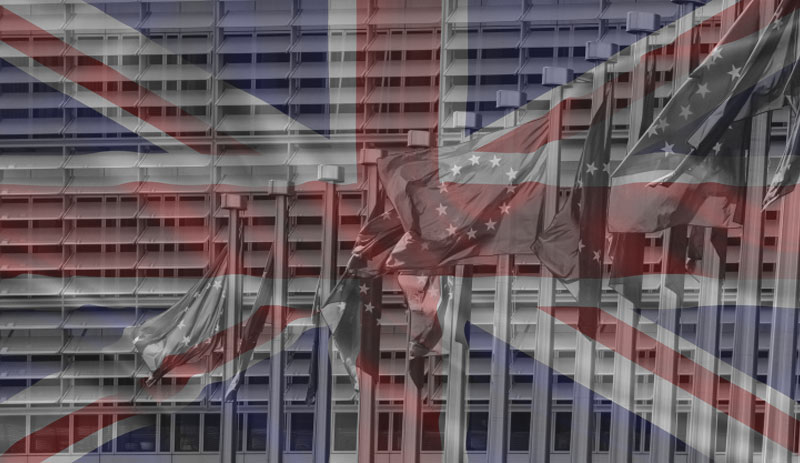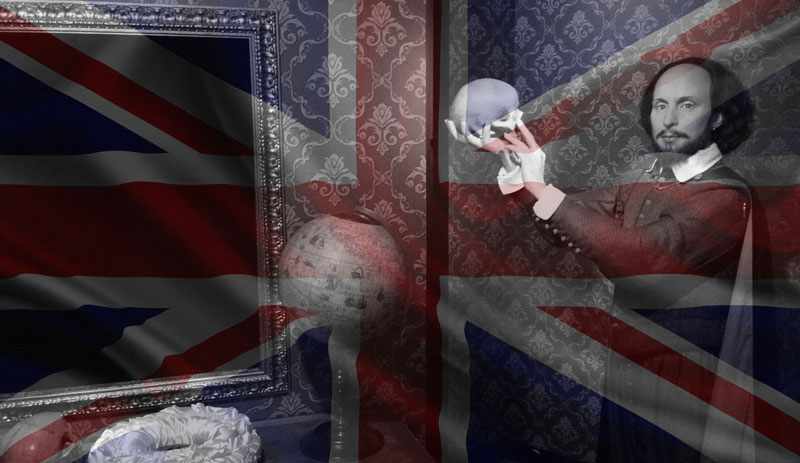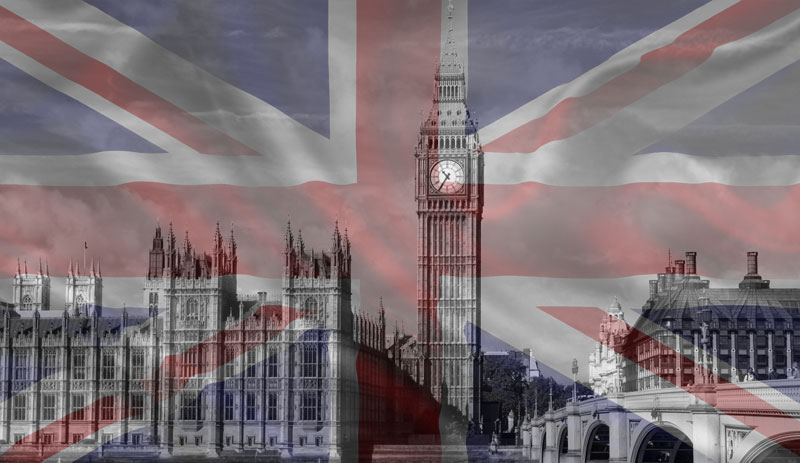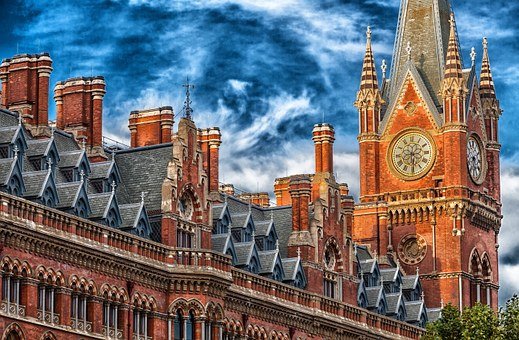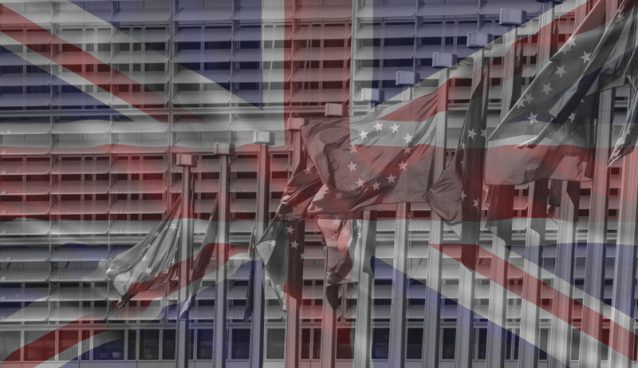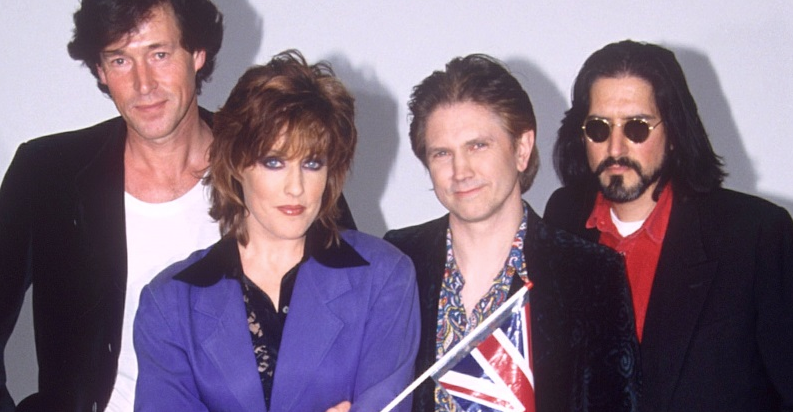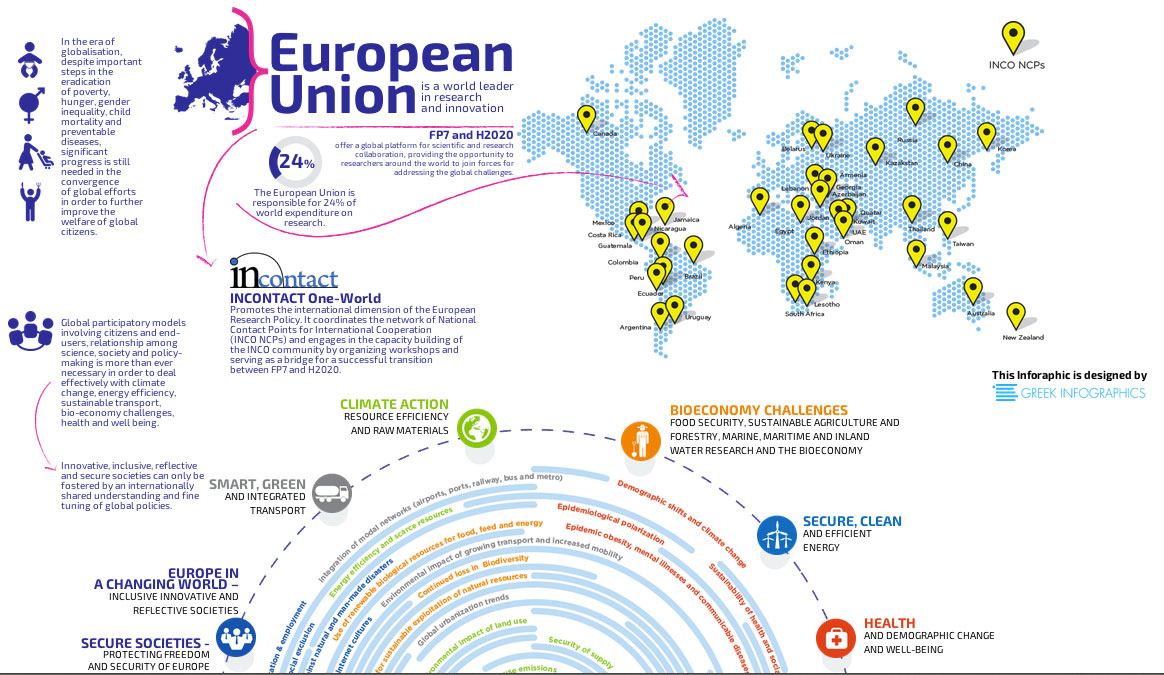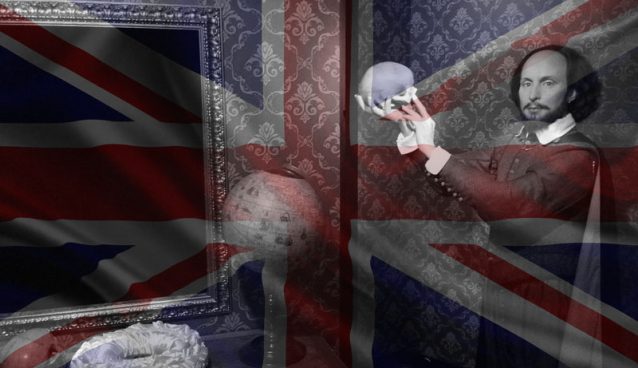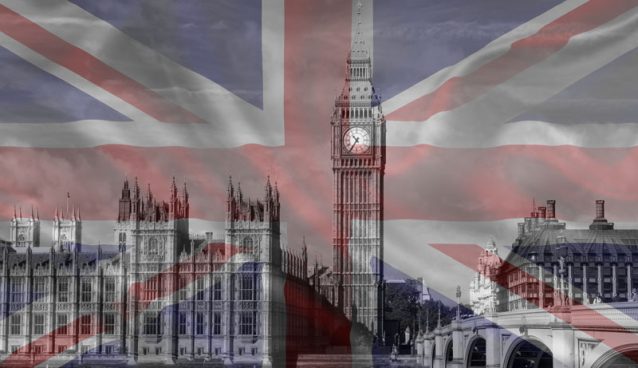Interesting History of the British Empire During the 15th Century the 16th
From 1370 to 1413 many revolutions took place in England (not yet “Great”) at this time and in the end the House of Lancaster took the British Throne. Losses in France started a series of gruesome bloody events in Middle Ages (or mediEVIL!) England and it again lost its glory, until Tudor Henry VII came to the throne after winning the battle of Market Bosworth in 1485 and kicking off another century’s history in England.
From 1370 to 1413 many revolutions took place in England (not yet “Great”) at this time and in the end the House of Lancaster took the English Throne, but Henry V’s reign was short (and colorful) from 1413 to 1422.
What was 15th century England like?
The territorial advantage that the Battle of Agincourt brought in France was quickly lost, even to Gascony and then in 1453, Calais remained the only British possession in Europe.
Losing started a series of gruesome bloody events in Medieval (or mediEVIL!) England and it again lost its glory, until Tudor Henry VII came to the throne after winning the Battle of Bosworth Market in 1485 and kicking off another century’s history in England.
Then Henry VIII could not divorce his wife, because the Pope of Rome would not allow it, so in retaliation he burned down the Roman Catholic Churches in England and created his own church the Church of England.
According to his new Church, which of course he is the head, he can divorce his wife Queen Catherine and remarry whomever he likes and as much as he likes, because he does not yet have any descendants / heirs / heirs to the Royal Throne.
He was a cruel ruler who heard nothing but himself, so he burned down all the Catholic Monasteries in England and the landowners lost their property forever.
He after all had the Divine King’s Right to do this, as this was given to him by God when he was born.
Medieval and Renaissance Literature
After Henry’s death, her daughter Mary took over, but she was mostly hated when she tried to undo everything her father had done and act as Queen of Tyrants.
But he did not leave any children, so after his death his half sister Elizabeth gained control of England.
His reign is considered the Golden Period in British history as he led colonization, exploration, victories in war as well as the developing arts during this period with writers such as Shakespeare and Bacon.
But just like her sister she also faced many rebellions such as the serious one in 1601 which caused her great financial losses. Drake began his voyage in 1577, looking for Australia, he did not find, but made a fortune plundering Spanish processions in the Pacific and cargo of spices. He was the first Englishman to sail around the world.
It ended up causing full war between England and Spain. King Philip of Spain assembled the largest fleet the world had ever seen and arranged for it to sail against the British for these things.
His aim was to conquer and / or pillage England in 1588, but British ships tried their best to stop him and he reached Calais and anchored there. British firefighters were sent to fire and make it retreat and the Spanish Fleet went north of Scotland and the Irish coast.
Unfortunately for Spain (not for England) the entire fleet and 20,000 people disappeared without a trace, embarrassing Spain in the eyes of the world. So much so that they never tried again.
The Spanish war cost Britain a lot of money and Elizabeth had to go begging the British Parliament for more money which made them angry at the Royal Charter she had given her favorites and she gave them a simple “Golden Speech” which made Parliament realize their mistake.
After some time he fell ill and he also lost to the Irish rebels, distorting his health even further and because he had no successors, and while he was on his deathbed he chose James Stuart, King of Scotland as the next successor to the Crown of England.
When she died, Queen Elizabeth 1 was £ 400,000 in Article Search debt.
Slot Machine History and Betting Systems
Slot machine history is something that is often discussed by both seasoned gamblers and newer online casino goers alike. This is not surprising, seeing as there are literally millions of different slot machines spread out across the world, on either coast and every other coast, giving us a wide spectrum of what we can expect when we choose to play at these sites. Slot machines are popular attractions, both for new players looking to learn more about gambling, and seasoned gamblers looking for a good slot machine win.
In addition to slot machines located in casinos, they are also commonly found in video arcade and novelty shops. These places usually have a lot of slot machines, due to the popularity of coin-operated games, and the fact that many people like the adrenaline rush and euphoria they get when winning real money from such a huge bet. Some people even gamble these machines for the sheer joy of it, but this can be a bad idea, especially if they are playing with fake money, which can easily become lost or spent.
One can’t help but feel as though slot machines are a danger for all of us, because the risk of losing money here is extremely high. This is especially true for individuals who do not know a lot about gambling, do not have any experience playing at these locations, or may simply lack the funds to place bets at dead or alive 2 @ casumo. All of these are common mistakes made by newcomers to online gambling, or by people who are simply unwilling to give up their credit cards and register at a site that requires them to use real money before they can gamble online. It’s always best to find a slot machine history and betting system to follow along before you make a real wager at an online casino.
